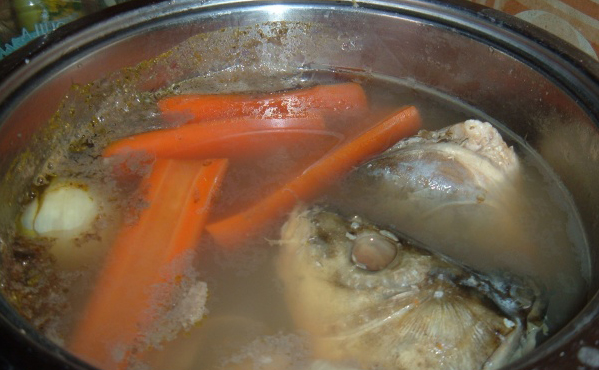by loewendan | Jul 11, 2015 | bargain, Europe, European, France, Paris, Shopping, Tour, tour guide, travel
Nobody is going to accuse me of being a fashionista (I’m not even sure that term can be applied to a male?). But I know from having taken thousands of travellers through La Ville Lumière (the city of light) that a “break” from the landmarks and...

by loewendan | Jan 19, 2013 | Belgium, Escorted, Europe, Europe Tour, European, France, Germany, Grand Tour, Guided, Italian, Italy, Rick Steves, Tour, tour guide, tourism, travel, Vacation
Upon return from one of my trips to Europe in 2012, a neighbour asked me, “So what do you do when you’re over there? I mean, you don’t even have a tan.”I actually did have some colour from hiking under the warm Italian sun in the...

by loewendan | Dec 25, 2012 | Belgium, Christmas, cougnou, cuisine, Czech, Dishes, Europe, Europe Tour, food, France, Guided, Italy, lutefisk, pandoro, Tour, tour guide, tourism, travel
1. Vánoční Rybí Polévka (Czech Christmas Fish Soup) – Czech RepublicHarking back to a simpler time when meat was a luxury to most Europeans, the tradition of eating carp (a freshwater fish) for a treat at Christmas has remained strong in the Czech...



Recent Comments